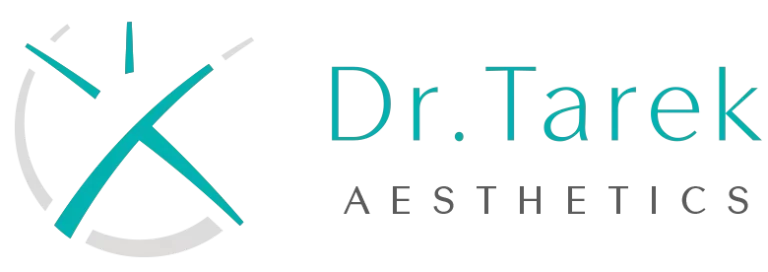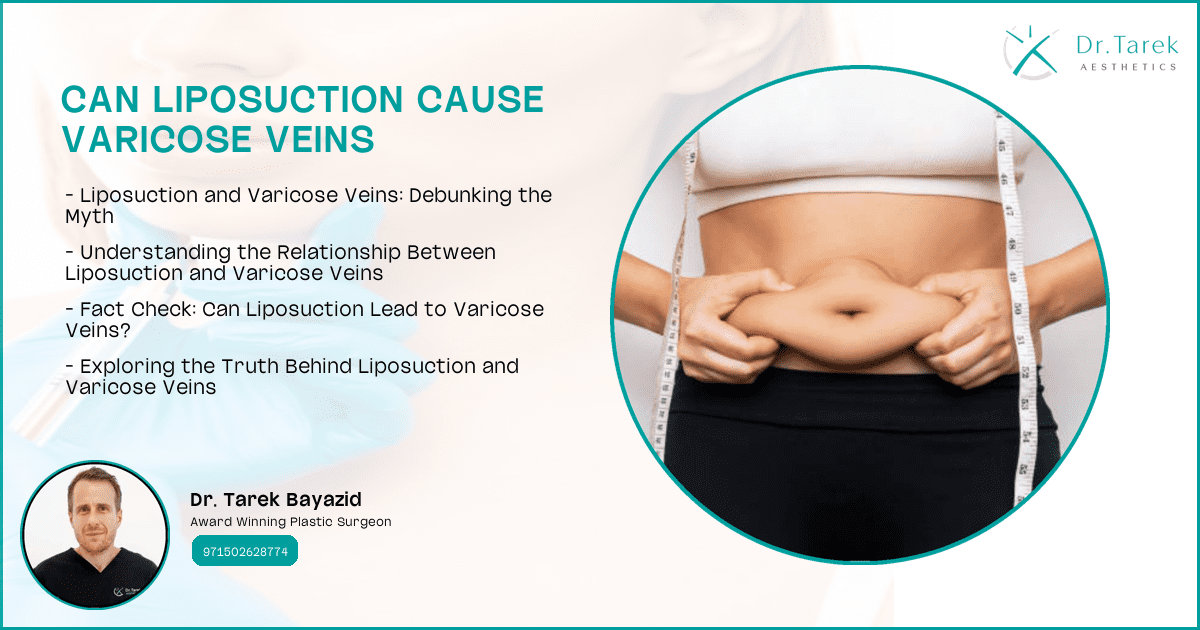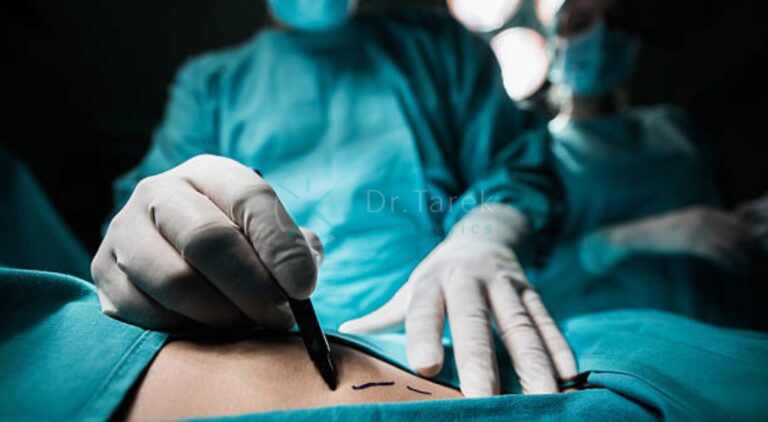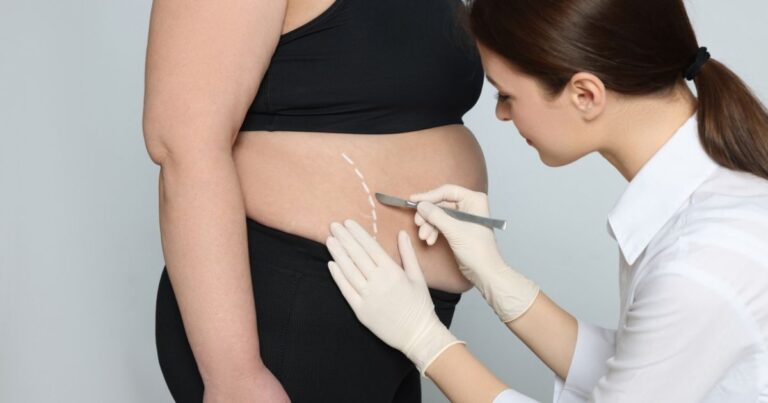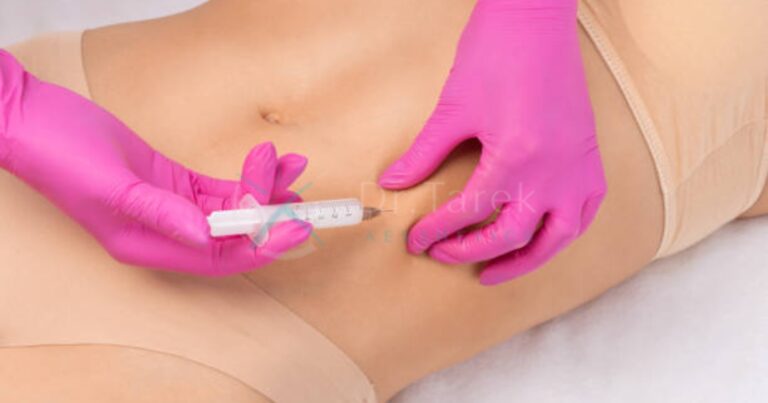Liposuction is a popular cosmetic procedure aimed at removing excess fat from specific areas of the body. However, many people wonder, “Can liposuction cause varicose veins?” This question arises due to concerns about the potential impact of liposuction on vein health. In this article, we will explore the relationship between liposuction and varicose veins, examining the factors that may contribute to their development and how to prevent them.
The Relationship Between Liposuction and Varicose Veins

What is Liposuction?
Liposuction is a surgical procedure designed to remove fat deposits from various parts of the body, such as the abdomen, thighs, and arms. It involves the use of a suction technique to extract fat, helping to contour and reshape the body. While liposuction is effective for fat removal, it is not a weight-loss solution.
Advanced Fat Removal uses special tools to take out extra fat from the body
it helps people get a slimmer shape without regular exercise or dieting
- Purpose : Body contouring and fat removal
- Common Areas : Abdomen, thighs, arms
- Not a Weight-Loss Solution : Focuses on specific fat deposits
How Liposuction Affects Blood Vessels
During liposuction, the cannula used to remove fat can sometimes affect nearby blood vessels. This can lead to temporary changes in blood flow and pressure within the veins. While the procedure is generally safe, there is a potential for minor damage to blood vessels, which may contribute to vein-related issues.
- Cannula Use : May impact nearby blood vessels
- Blood Flow Changes : Temporary alterations in circulation
- Potential for Minor Damage : Risk of affecting vein health
Factors That May Contribute to Varicose Veins After Liposuction
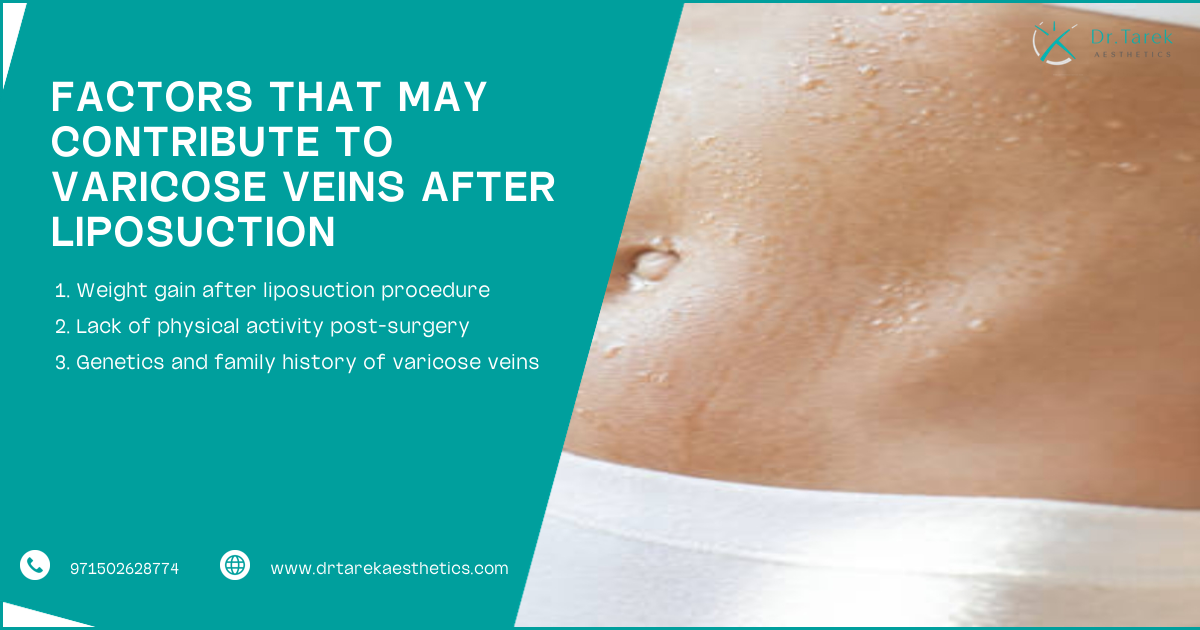
Genetic Predisposition
Genetics play a significant role in the development of varicose veins. If you have a family history of varicose veins, you may be more susceptible to developing them after liposuction. This genetic predisposition can influence how your veins respond to changes in blood flow and pressure.
Book A Consultation With Dr Tarek Bayazid
Top-rated Plastic Surgeon For Liposuction in Dubai
Installment Plan Available
- Family History : Increases risk of varicose veins
- Genetic Influence : Affects vein response
- Higher Susceptibility : Greater risk post-liposuction
Age and Hormonal Changes
As we age, our veins can lose elasticity, making them more prone to becoming varicose. Hormonal changes, particularly in women, can also affect vein health. These factors combined with liposuction may increase the likelihood of developing varicose veins.
- Aging Veins : Reduced elasticity
- Hormonal Impact : Affects vein health
- Increased Likelihood : Higher risk with age
Lifestyle Factors
Certain lifestyle factors, such as prolonged standing or sitting, obesity, and lack of exercise, can contribute to the development of varicose veins. These factors can exacerbate the effects of liposuction on vein health, making it important to maintain a healthy lifestyle.
- Prolonged Standing/Sitting : Increases risk
- Obesity : Contributes to vein issues
- Lack of Exercise : Affects circulation
Can Liposuction Worsen Existing Varicose Veins?
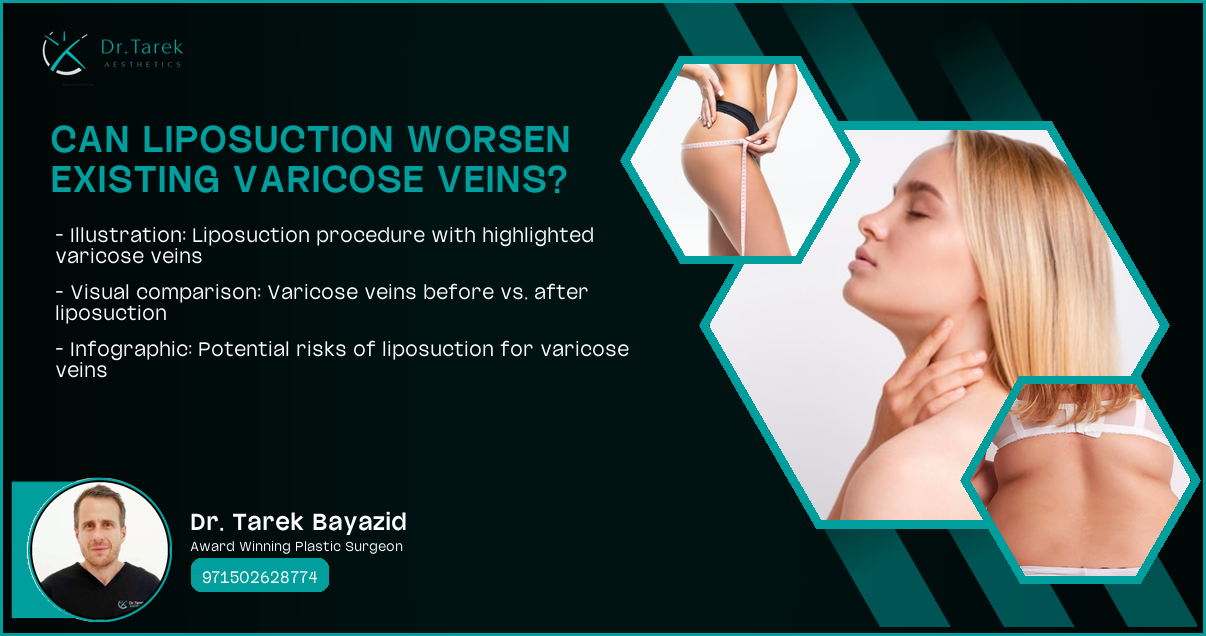
Impact on Venous Circulation
Liposuction can potentially impact venous circulation, especially if existing varicose veins are present. The procedure may alter blood flow patterns, leading to increased pressure on already compromised veins. This can exacerbate the appearance and symptoms of varicose veins.
- Altered Blood Flow : Affects circulation
- Increased Pressure : On compromised veins
- Exacerbation of Symptoms : Worsens existing varicose veins
Increased Pressure on Surrounding Veins
The removal of fat during liposuction can lead to changes in pressure dynamics within the veins. This increased pressure can affect surrounding veins, potentially worsening existing varicose veins or contributing to the development of new ones.
- Pressure Dynamics : Changes post-liposuction
- Effect on Surrounding Veins : Potential worsening
- Development of New Varicose Veins : Increased risk
Preventing Varicose Veins After Liposuction
Compression Therapy
Compression therapy involves wearing specially designed garments that apply pressure to the legs, helping to improve blood flow and reduce the risk of varicose veins. This therapy is often recommended after liposuction to support vein health.
- Improves Blood Flow : Enhances circulation
- Reduces Risk : Prevents varicose veins
- Post-Liposuction Recommendation : Supports vein health
Exercise and Movement
Regular exercise and movement are crucial for maintaining healthy veins. Engaging in activities that promote circulation, such as walking or swimming, can help prevent the development of varicose veins after liposuction.
- Promotes Circulation : Essential for vein health
- Prevents Varicose Veins : Reduces risk
- Recommended Activities : Walking, swimming
Proper Post-Operative Care
Following your surgeon’s post-operative care instructions is vital for preventing complications, including varicose veins. This includes attending follow-up appointments, monitoring for signs of vein issues, and adhering to recommended lifestyle changes.
- Follow Instructions : Essential for recovery
- Monitor for Issues : Early detection of vein problems
- Adhere to Lifestyle Changes : Supports vein health
Varicose Veins and Their Causes
What are Varicose Veins?
Varicose veins are enlarged, twisted veins that often appear blue or dark purple. They occur when the valves in the veins malfunction, causing blood to pool and veins to swell. Varicose veins are commonly found in the legs.
- Enlarged Veins : Twisted and swollen
- Valve Malfunction : Causes blood pooling
- Common Location : Legs
Symptoms of Varicose Veins
Common symptoms of varicose veins include aching or heavy legs, swelling, and visible veins. In some cases, varicose veins can cause discomfort and lead to more serious complications if left untreated.
- Aching/Heavy Legs : Common symptom
- Swelling : Indicates vein issues
- Visible Veins : Easily noticeable
Combining Liposuction with Varicose Vein Treatment
Benefits of Addressing Both Concerns Simultaneously
Combining liposuction with varicose vein treatment can provide comprehensive results. Addressing both concerns simultaneously can enhance body contour and improve vein health, leading to better overall outcomes.
- Comprehensive Results : Body contour and vein health
- Enhanced Outcomes : Improved appearance
- Simultaneous Treatment : Efficient approach
Potential Complications and Considerations
While combining treatments can be beneficial, it’s important to consider potential complications. Consulting with a qualified healthcare professional can help you understand the risks and make informed decisions.
- Consultation Required : Understand risks
- Informed Decisions : Based on professional advice
- Potential Complications : Must be considered
Recovery and Aftercare Following Liposuction and Vein Treatments
Post-Operative Instructions
Following post-operative instructions is crucial for a smooth recovery after liposuction and vein treatments. These instructions may include wearing compression garments, avoiding strenuous activities, and attending follow-up appointments.
- Smooth Recovery : Essential for healing
- Compression Garments : Supports vein health
- Follow-Up Appointments : Monitor progress
Monitoring for Signs of Vein Issues
Monitoring for signs of vein issues is important during the recovery process. Look for symptoms such as increased swelling, pain, or changes in vein appearance, and report them to your healthcare provider promptly.
- Symptom Monitoring : Essential for early detection
- Report Changes : To healthcare provider
- Prompt Action : Prevents complications
Long-term Effects of Liposuction on Vein Health
Follow-Up Care and Assessments
Regular follow-up care and assessments are important for maintaining vein health after liposuction. These appointments allow healthcare professionals to monitor your progress and address any concerns that may arise.
- Regular Appointments : Essential for monitoring
- Address Concerns : Early intervention
- Maintains Vein Health : Long-term benefits
Maintaining Healthy Veins After Liposuction
Maintaining healthy veins after liposuction involves adopting a healthy lifestyle, including regular exercise, a balanced diet, and avoiding prolonged periods of inactivity. These habits can help support vein health and prevent future issues.
- Healthy Lifestyle : Supports vein health
- Regular Exercise : Promotes circulation
- Balanced Diet : Essential for overall health
FAQ’s
Can liposuction cause varicose veins to appear?
Liposuction itself does not directly cause varicose veins to appear. However, it can impact blood flow and pressure, potentially exacerbating existing vein issues. It’s important to assess vein health before undergoing liposuction.
Is it safe to have liposuction if I already have varicose veins?
It is generally safe to have liposuction if you have varicose veins, but it’s crucial to consult with a healthcare professional. They can evaluate your vein health and recommend appropriate precautions to minimize risks.
How long after liposuction can varicose veins develop?
Varicose veins can develop at any time after liposuction, depending on individual risk factors. It’s essential to monitor vein health and follow post-operative care instructions to reduce the likelihood of development.
Can liposuction improve the appearance of varicose veins?
Liposuction is not a treatment for varicose veins and does not improve their appearance. However, addressing excess fat may enhance overall body contour, which can indirectly affect the visibility of veins.
